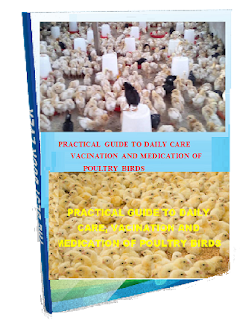IMPACT OF CLIMATE ON LIVESTOCK
·
Heat waves, which are projected to increase under climate
change, could directly threaten livestock. In 2011, exposure to high
temperature events caused over $1 billion in heat-related losses to
agricultural producers. Heat stress affects animals both directly and
indirectly. Over time, heat stress can increase vulnerability to disease,
reduce fertility, and reduce milk production.
·
Drought may threaten pasture and feed supplies. Drought reduces
the amount of quality forage available to grazing livestock. Some areas could
experience longer, more intense droughts, resulting from higher summer
temperatures and reduced precipitation. For animals that rely on grain, changes
in crop production due to drought could also become a problem.
·
Climate change may increase the prevalence of parasites and
diseases that affect livestock. The earlier onset of spring and warmer winters
could allow some parasites and pathogens to survive more easily. In areas with
increased rainfall, moisture-reliant pathogens could thrive.
·
Potential changes in veterinary practices, including an increase
in the use of parasiticides and other animal health treatments, are likely to
be adopted to maintain livestock health in response to climate-induced changes
in pests, parasites, and microbes. This could increase the risk of pesticides
entering the food chain or lead to evolution of pesticide resistance, with
subsequent implications for the safety, distribution, and consumption of livestock
and aquaculture products.
·
Increases in carbon dioxide (CO2) may
increase the productivity of pastures, but may also decrease their quality.
Increases in atmospheric CO2 can
increase the productivity of plants on which livestock feed. However, the
quality of some of the forage found in pasturelands decreases with higher CO2. As a
result, cattle would need to eat more to get the same nutritional benefits.



Comments
Post a Comment